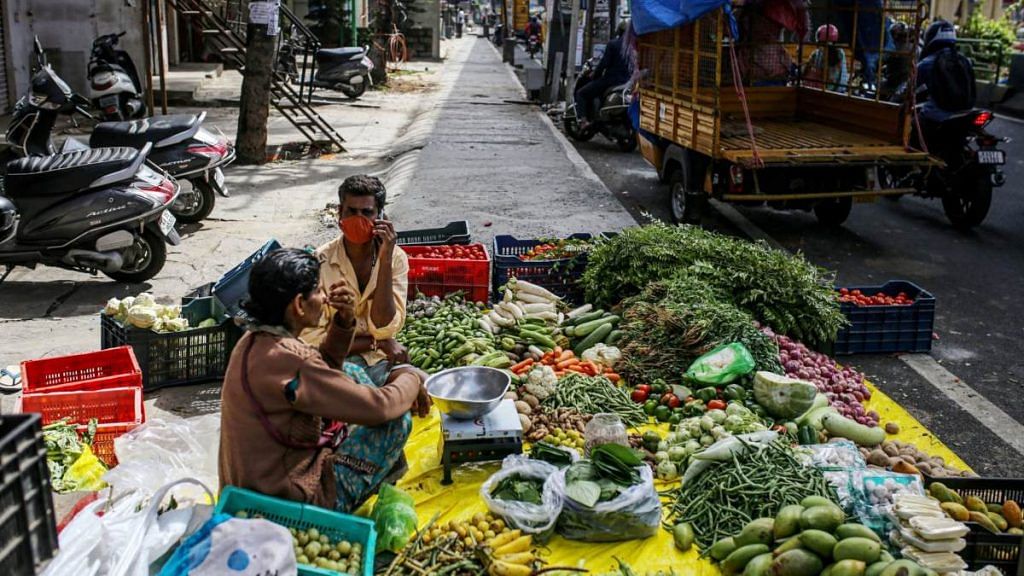According to the data released by the National Statistics Office (NSO), inflation in April was a record-breaking 7.7 per cent, which is almost double the rate that the RBI must maintain, for smooth functioning of the economy. Retail inflation, which is on a rising streak for a few years, is the highest in 8 years. The Wholesale Price-based Index (WPI) also saw an increase from 14.5 per cent in March to 15 per cent in April. The RBI in a pre-emptive move at the beginning of the month of May, called an emergency meeting and increased 40 basis points on the interest rates, as a measure to tackle the rising inflation in the country, the effectiveness of which will be seen soon.
The Consumer Price Index (CPI) that has different categories carrying different values is used to calculate Headline Inflation. Food items carry a value of 46 per cent of the Index while fuel and light weighed in for 7 per cent. The rest 47 per cent is carried by other major products that are a part of the core category. Food items are essential for everybody while other commodities like light and fuel are still a luxury for the major population of India. Understanding the value of each category becomes important to judge the overall impact they have on the Headline Inflation and by extension, on the economy. For example, inflation of 6 per cent in the fuel category would not impact the overall inflation and the normal consumer more than a 6 per cent inflation in the food items category.
Also read: Cotton, other crops shouldn’t meet fate of wheat. Govt needs an empowered group
The food price inflation (combined for rural and urban) surged to a 17-month high of 8.38 per cent in April from 7.68 per cent in March. While the Fuel and Light category saw a rate of 10.8 per cent of inflation. The poor of the country who are also the majority, are facing the brunt of this inflation more than anyone. LPG cylinder, which is a luxury for them, has alternatives, but food doesn’t. The rising inflation of food items takes away the purchasing power of the people, or they are forced to cut short their expenses. This is in addition to the multiple lockdowns that saw a massive loss of jobs. For a meal or two per day, families might have to sacrifice their children’s school, postpone medical treatments of family members, and give up on other expenses which might not be of much significance in the present but would harm them, if ignored in the long run. while the rich are also affected by the record-breaking inflation in food and other essential commodities, the situation is definitely not as severe.
Corporations are also booking massive profits in the present situation, due to the increase in demand post-Covid lockdowns, by shifting the burden of inflation on the consumers. But if the high inflation continues, the consumer will not be able to handle that massive burden, lowering demand in the market. This decrease in demand, due to the lowering of the purchasing power of the consumer, would further hurt the economy and the GDP of the country. In the long run, high inflation if not controlled will even hurt the massive corporations that are perceived as the pillars of the Indian economy.
The high inflation is also hurting the people who have invested or plan on investing in Fixed Deposits and people who receive annuities from the money they have invested in ‘secured’ options. These do not yield the massive returns that the stock market gives. While the younger generation is generally not inclined towards investing their money in these options, the people who used this option to save money for certain needs like a retirement fund are facing losses due to the higher inflation rates which are a lot more than what a fixed deposit, for example, can yield.
The rising inflation is affecting the poor more than the rich. While the government has introduced relief measures for massive corporations, it is not a long-term solution. India needs to devise a strategy that helps the poor negotiate the inflation while corrective measures to curb it is launched.
The author is a student at Government Law College, Mumbai. Views are personal
